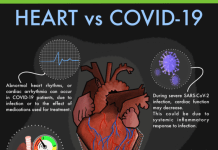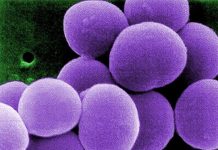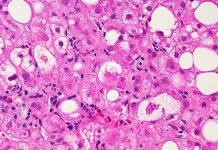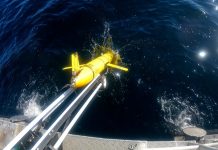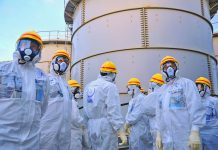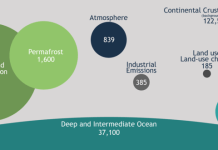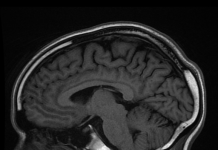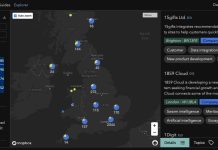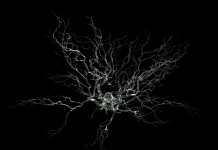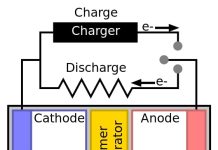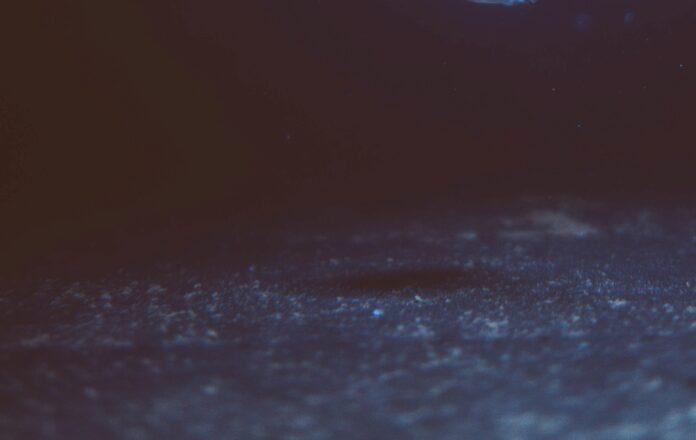Some microbes in the deep-sea produce oxygen in a hitherto unknown way. In order to generate energy, the archaea species ‘Nitrosopumilus maritimus’ oxidises ammonia, in presence of oxygen, to nitrate. But when researchers sealed the microbes in airtight containers, without light or oxygen, they were still able to produce O2 for use in oxidation of ammonia to nitrite.
Oceans play a key role in maintaining the level of oxygen in the atmosphere. About 70% of the oxygen in the atmosphere is produced by marine plants, rainforests account for roughly one-third (28%) of the Earth’s oxygen, the remaining 2 percent of Earth’s oxygen comes from other sources. The ocean produces oxygen through photosynthesis by the oceanic plants (phytoplankton, kelp, and algal plankton).
However, there is a group of few species of microbes living in the ocean who produce oxygen in the dark, in absence of sunlight, through a process different from photosynthesis. Nitrosopumilus maritimus has now joined this group of handfuls of microbes on the basis of this ability.
Archaea (or archaebacteria) are single-celled microbes similar to bacteria in structure (hence both archaea and bacteria are prokaryotes), but evolutionarily different from bacteria and eukaryotes, thus forming a third group of living organisms. Archaea live in environments low in oxygen and are obligate anaerobes (meaning they cannot survive normal atmospheric oxygen level), for example, halophiles live in extremely salty environments, methanogens produce methane, thermophiles live in extremely hot environments etc.
About 30% of the microbial planktons of the oceans is made up of ammonia-oxidizing archaea (AOA), which together with nitrite oxidising bacteria (NOB) provide for the predominant inorganic nitrogen source in the ocean and play key role in oceanic nitrogen cycle.
Both these two archaea, i.e., AOA and NOB are known to depend on molecular oxygen (O2) in oxidising ammonia to nitrite.
NH3 + 1.5 O2 → NO2– + H2O + H+
Yet, these archaea are found in abundance in anoxic marine environments with very low or even undetectable oxygen levels. This is very surprising, especially in view of the fact that they have no known anaerobic metabolism. Their energy metabolism requires oxygen, yet they are found in environments where oxygen is undetectable. How do they do it?
To investigate this, the researchers carried out incubations of the archaea Nitrosopumilus maritimus at extremely low oxygen concentrations in nano (10−9) range. They found that after oxygen depletion, the archaea were able to produce small amounts of oxygen under anoxic conditions. They produced O2 for oxidation of ammonia itself while simultaneously reducing nitrite to nitrous oxide (N2O) and dinitrogen (N2).
This study showed pathway of anaerobic ammonia oxidation (how O2 production by Nitrosopumilus maritimus in oxygen depleted oceanic environment enables them oxidise ammonia to nitrate to generate energy). It also uncovered a new pathway of N2 production in deep sea environment.
***
Sources:
- Kraft B., et al 2022. Oxygen and nitrogen production by an ammonia-oxidizing archaeon. Science. 6 Jan 2022. Vol 375, Issue 6576 pp. 97-100. DOI: https://doi.org/10.1126/science.abe6733
- Martens-Habbena W., and Qin W., 2022. Archaeal nitrification without oxygen. Science. 6 Jan 2022. Vol 375, Issue 6576 pp. 27-28. DOI: https://doi.org/10.1126/science.abn0373
***







